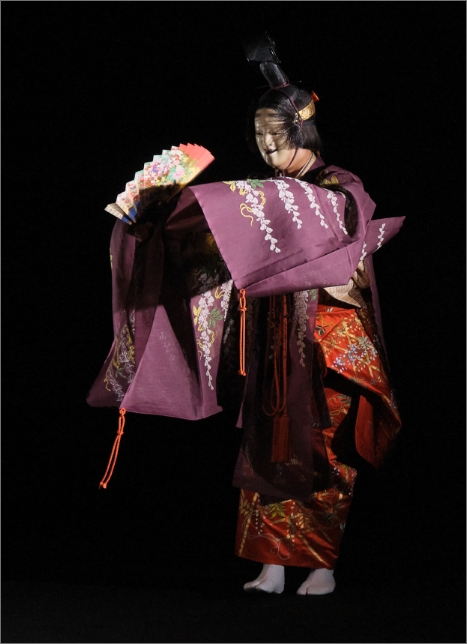
Noh Performance
Techniques

Noh Performance Techniques

 Performance Techniques: Kata
Performance Techniques: Kata
- Noh acting is based on kinetic
patterns known as kata. -
As it is not a theatre of realism, noh does not use realistic expressions. All movement is simplified into symbolic combinations of gestures and steps, known as kata. These kata derive from daily actions that have been refined and abstracted into their core essence. Each kata has a name.
As the kata flow into one another, they evoke an aesthetically refined, stylized beauty. The full impact of their expression is achieved through the imagination of the audience.
The slightest gesture or change of expression can stir feelings among those watching, allowing them to share the emotions and psychological state of the characters.
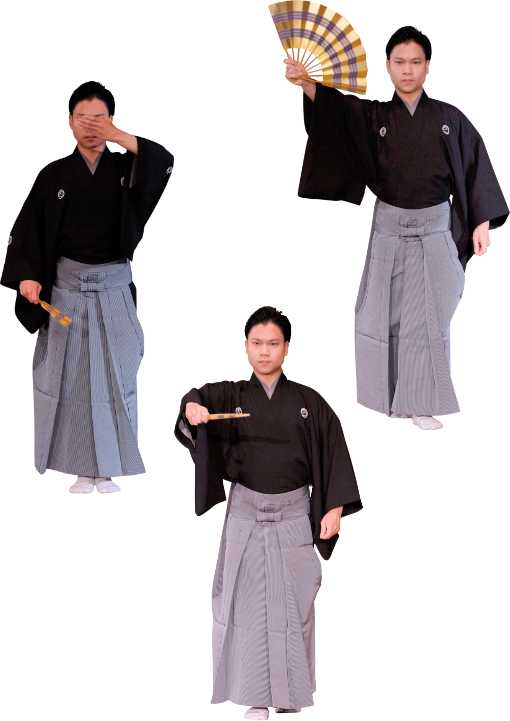
Some Important Types of Kata

- Kamae

- Hakobi
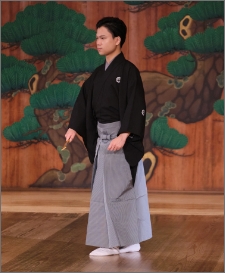
- Sumitori

- Sashikomi hiraki
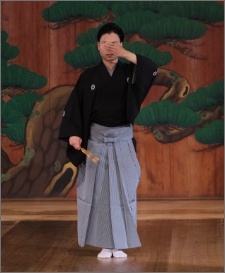
- Shiori
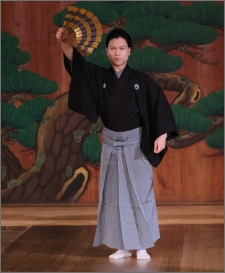
- Yuken
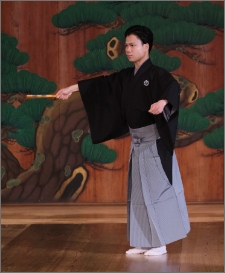
- Sashimawashi hiraki
 Noh is a comprehensive performing art,
Noh is a comprehensive performing art,
based on song and dance.
-
When performing a noh play, the actors are said to “dance a noh.”
Noh movement is divided into acting (shosa) and dance (mai). Both are expressed through kata. Shosa refers to moving in accordance with the words but without rhythmic musicality, while mai refers to a passage of a play that is performed rhythmically in accordance with the imagery of the text and music. The mai sections include passages danced to the chanting of the chorus and others that are accompanied only by instrumental music. The actors’ movements, the chorus’ chant, and the instrumental music are mutually interactive, making the play a comprehensive theatrical experience.
Noh is also known as the “art of gliding walk,” a name that refers to the “sliding steps” (suriashi) used to move around the stage, perform actions, and convey meaning. The beauty and vigor of the sliding feet are a quintessential part of any noh performance.
